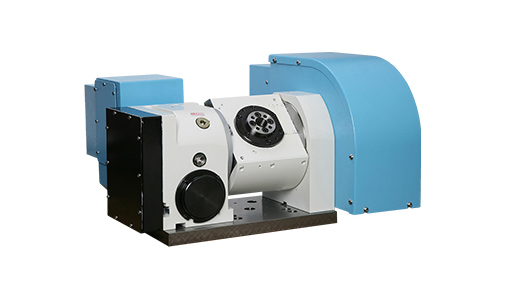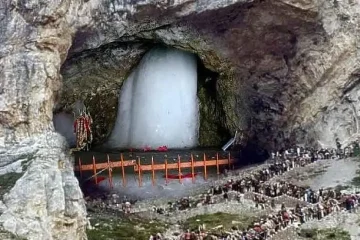Recent Developments at TTD: Tirumala Tirupati Devasthanams

Introduction
Tirumala Tirupati Devasthanams (TTD) is a prominent Hindu religious institution that manages the Tirupati Temple, one of the most visited pilgrimage sites in the world. With millions of devotees arriving each year, TTD plays a crucial role in maintaining temple operations, providing amenities for pilgrims, and managing funds. Recent developments at TTD are pivotal for both the local community and the broader Hindu diaspora, making it a topic of interest for many.
Recent Updates from TTD
As of October 2023, TTD has announced several significant initiatives aimed at modernizing facilities and enhancing the devotional experience for pilgrims. The temple administration revealed plans to upgrade the accommodation facilities provided to devotees, including the addition of more rooms and improvements in existing lodges to ensure comfort and convenience.
Moreover, the organization has introduced an advanced online booking system for darshan tickets, which aims to streamline the process and reduce waiting times—a common complaint among devotees. This system is expected to accommodate the growing number of visitors while upholding health and safety protocols.
In addition, TTD is actively working on sustainability efforts, including the installation of solar panels and rainwater harvesting systems, which reflects their commitment to environmental responsibility. A recent project to plant thousands of trees around the Tirumala hills has also been launched to promote ecological balance in the region.
Significance of TTD’s Efforts
The updates from TTD highlight the institution’s dedication to improving the pilgrimage experience, which is increasingly important as travel resumes post-pandemic. As domestic and international tourism reopens, TTD’s initiatives will enhance the attractiveness of Tirupati, potentially boosting the local economy significantly. Furthermore, the advancements in technology and sustainability practices set a benchmark for other religious institutions in India and abroad.
Conclusion
In conclusion, the ongoing developments at TTD not only aim to enhance the spiritual experience for the millions of devotees visiting the Tirupati Temple but also reflect a broader responsibility towards community welfare and environmental stewardship. As these changes roll out, it will be essential for devotees and stakeholders alike to stay informed on how these modifications can enhance their experience and support the holy institution’s mission. With its commitment to modernization and sustainability, TTD sets an inspiring example for religious institutions everywhere, balancing tradition with contemporary needs.









